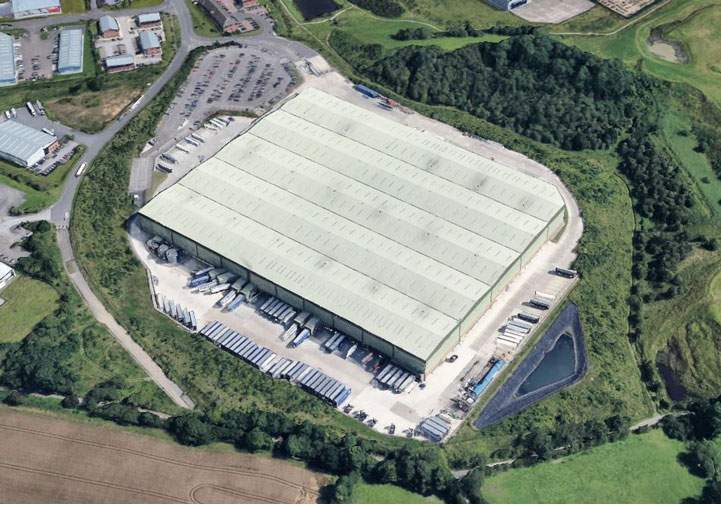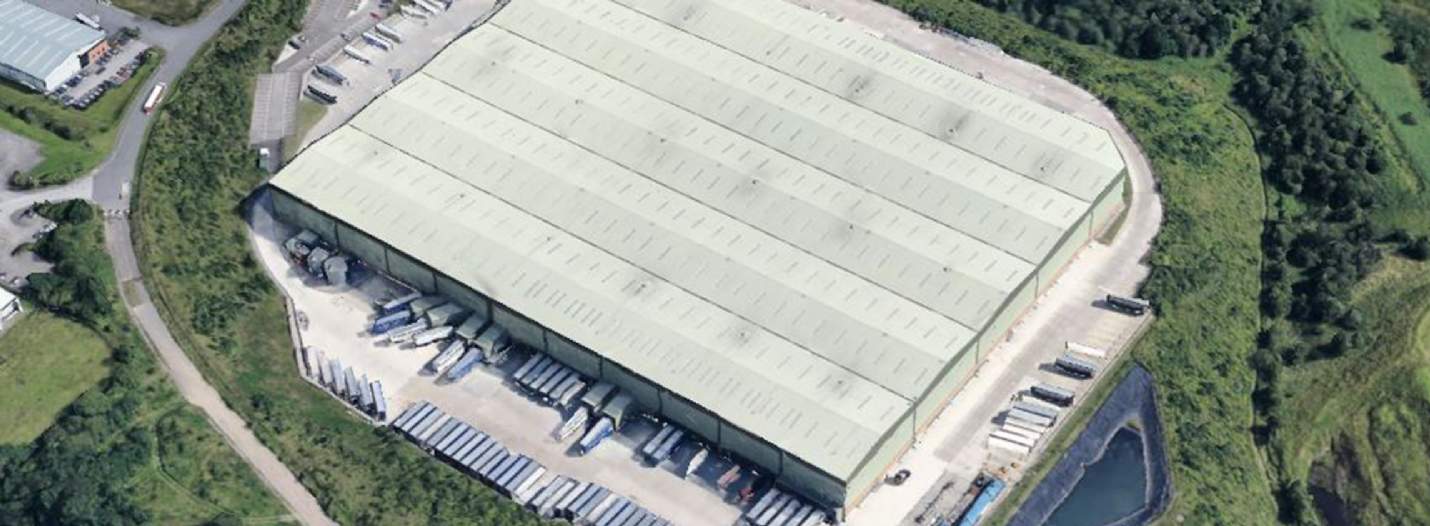Is the stage set for investment volumes to trend upwards?

Amazon, Chesterfield, which Savills sold for Warehouse REIT for £46m.
With more widespread investor conviction and focus on total returns rather than just initial yield, we are seeing more bidders and selectively stronger pricing
Richard Merryweather, Joint Head of UK Investment
Logistics capital markets faced significant challenges in 2023, with very few sellers at the pricing that buyers were prepared to pay.
Indeed, analysing all subsectors shows that global capital markets have had their most subdued start to the year since 2012, down 18% YoY. However, against that backdrop of lower volumes, logistics and industrial has increased its global share, 27% of the total investment market, the highest proportion ever recorded, demonstrating investors remain committed to the wider structural story that has propelled the sector forward over the last decade.
Closer-to-home investment volumes in the first half of the year for UK distribution have reached £1.4bn, a 41% increase when compared to the first half of 2023, and a 47% increase when compared to the pre-Covid H1 average.
With a strong first-half performance in the occupier market, we expect sentiment to continue improving as the year progresses, especially when other externalities, such as falling base rates, are considered. Indeed, 97% of European investors responding to the latest INREV investor intentions survey flagged that the current level of interest rates was having an adverse impact on volumes.
This macro environment and more widespread belief in further rental growth should aid in closing the bid/ask spread in the market, which has been one of the key barriers to elevated investment volumes over the last twelve months.
The Savills prime yield for both distribution and logistics currently sits at 5%, having moved in by 25 bps during the first half of the year. Providing there is little deviation in the outlook for interest rates, we expect pricing to improve and, with it, volumes to start a slow trend upwards, which, in turn, will start to put inward pressure on yields.
